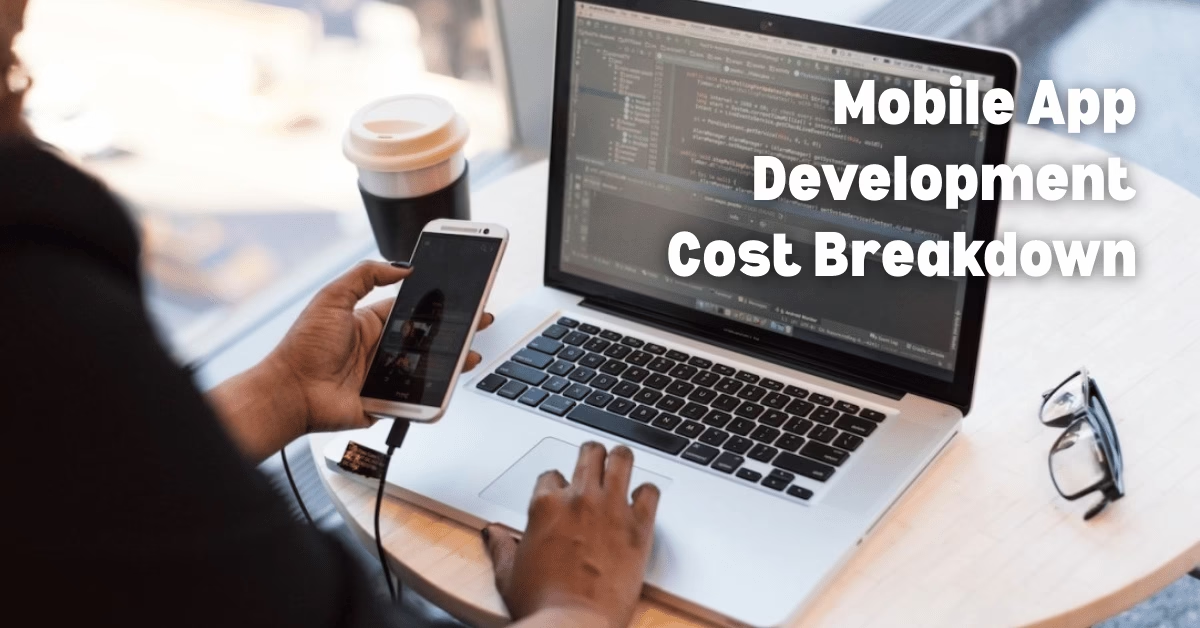Creating a mobile app is an exciting step for any business, but one of the first questions that comes up is: how much does it really cost? The truth is, the price of developing an app depends on multiple factors, from design and features to platform choices and long-term maintenance. A clear Mobile App Development Cost Breakdown helps you understand where your budget goes and ensures there are no surprises along the way. In this guide, we’ll explore what really drives app costs up and how you can plan your budget wisely.
Why Understanding Mobile App Development Cost Breakdown Matters
For startups and established companies alike, knowing the Mobile App Development Cost Breakdown allows better decision-making. It helps businesses prioritize features, choose the right development approach, and avoid overspending. Without clarity, many companies either underestimate the cost or overshoot their budget, leading to incomplete apps or delays in launch. According to Statista, mobile apps continue to dominate global digital interactions, which makes proper budgeting even more crucial.
Key Factors Influencing App Development Costs
App Complexity and Features
The complexity of your app is one of the biggest cost drivers. A simple app with basic functionality like login, profiles, and notifications will cost far less compared to an advanced app with features like AI integration, real-time chat, or payment systems. Each feature adds time and technical expertise, increasing the overall app development pricing.
Platform Choice: iOS, Android, or Both
Another element in the Mobile App Development Cost Breakdown is your choice of platform. Building for a single platform like iOS or Android is cheaper initially. However, if you want your app to reach a larger audience, developing cross-platform or native apps for both operating systems will increase expenses.
UI/UX Design
User experience design plays a major role in mobile app cost breakdown. High-quality design with custom animations, interactive elements, and seamless navigation requires skilled designers and longer hours, which directly increases the budget. However, good design ensures user retention and better engagement.
Backend Infrastructure
The backend is what powers your app’s data, user management, and third-party integrations. Apps with heavy data usage, cloud storage, or AI-driven functionality require stronger backend infrastructure, which adds to the app development expenses. This is especially true for apps that need to scale quickly.
Security and Compliance
In today’s world, protecting user data is non-negotiable. Adding secure authentication, encryption, and compliance with regulations such as GDPR or HIPAA will add costs, but they are essential investments. This factor in the Mobile App Development Cost Breakdown is especially important for fintech, health, and enterprise apps.
Development Team and Location
The hourly rate of developers varies greatly depending on location. For example, developers in North America or Western Europe typically charge more compared to those in Asia or Eastern Europe. Choosing between in-house developers, outsourcing, or staff augmentation also impacts the overall app development pricing.
Additional Elements That Add to App Costs
Testing and Quality Assurance
Skipping proper testing can lead to bugs, crashes, and poor reviews. A solid QA process ensures your app runs smoothly across different devices and operating systems, but it adds additional hours to the project.
Maintenance and Updates
An often-overlooked part of the Mobile App Development Cost Breakdown is long-term maintenance. Once your app is launched, you’ll need updates for new operating systems, bug fixes, performance improvements, and new feature rollouts. These recurring expenses should be factored into your budget.
Marketing and App Store Optimization
Even the best apps can fail without proper marketing. App store optimization, paid ads, and social media campaigns add to the overall cost of launching an app. While not a direct development expense, they are crucial for success.
How to Optimize Mobile App Development Costs
Prioritize Core Features
Instead of building every feature at once, start with a Minimum Viable Product (MVP). This reduces the initial cost while allowing you to test your idea in the market and add more features later.
Choose the Right Tech Stack
Selecting the right technology stack impacts speed, performance, and scalability. Consult with experienced developers to choose frameworks and tools that meet your needs without adding unnecessary expenses.
Consider Cross-Platform Development
If budget is a concern, cross-platform frameworks like Flutter or React Native allow you to build apps for both iOS and Android simultaneously, lowering development time and cost.
Outsource Smartly
Staff augmentation or outsourcing can help control costs by giving you access to skilled developers at competitive rates. However, it’s important to partner with reliable teams to ensure quality.
Realistic Budget Ranges in App Development
- Basic Apps: $20,000 – $40,000 (simple features, one platform)
- Moderate Complexity Apps: $40,000 – $100,000 (multi-platform, moderate features)
- Complex Apps: $100,000+ (custom design, AI, advanced features, enterprise-level scaling)
These are general ranges, and the final Mobile App Development Cost Breakdown will vary based on your project’s specific requirements.
The Mobile App Development Cost Breakdown is influenced by multiple factors, from features and design to backend infrastructure and ongoing maintenance. By understanding what drives app development pricing, you can plan your budget strategically, avoid unexpected expenses, and ensure your app delivers long-term value. Whether you’re a startup testing an MVP or an enterprise building a complex platform, smart planning will help you get the best return on investment. If you’re ready to get started, explore our mobile app development services to build apps that fit your vision and budget.
FAQs
The complexity of features is usually the biggest cost driver, followed by design and platform choice.
A simple app with core features may cost between $20,000 and $40,000 depending on design and development team location.
Maintenance is essential for updates, bug fixes, and security patches. It’s a recurring expense often overlooked in budgeting.
Yes, cross-platform development is usually cheaper as it allows you to build one codebase for multiple platforms, saving time and cost.
Start with an MVP, prioritize must-have features, consider outsourcing, and choose scalable technologies to optimize your budget.












